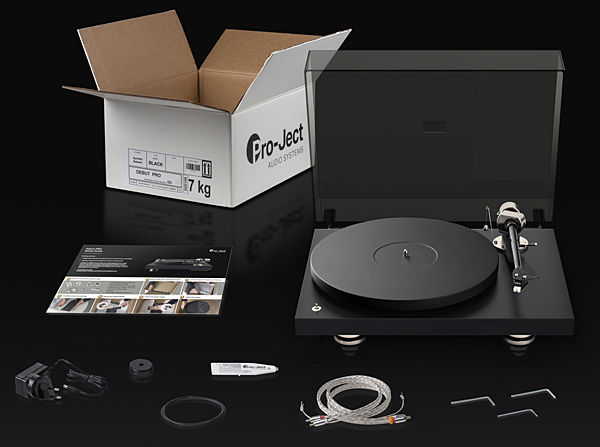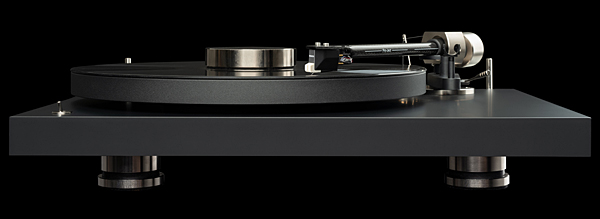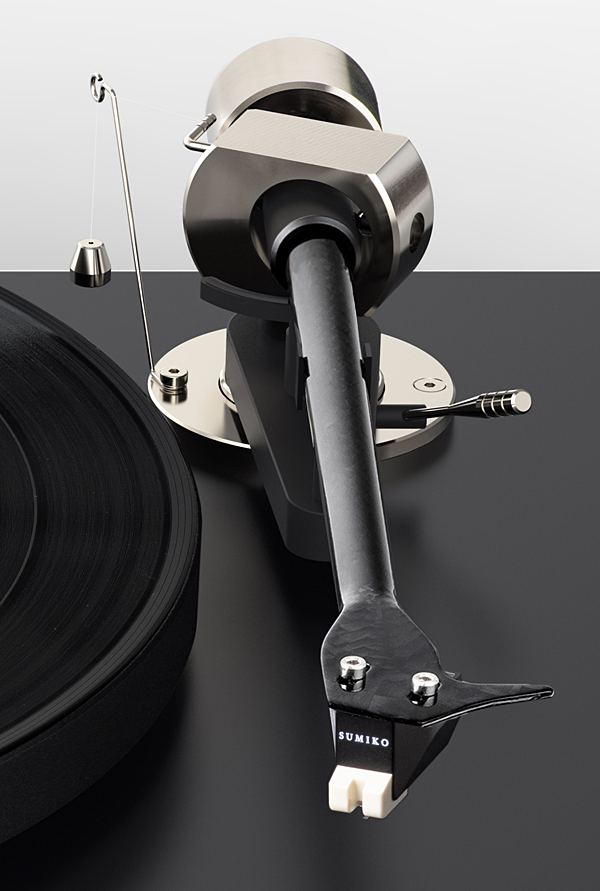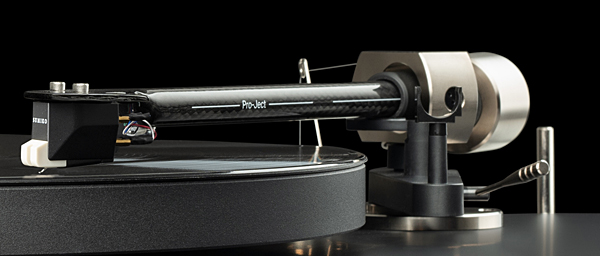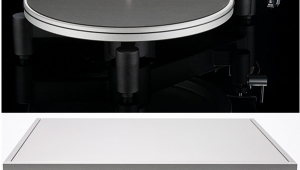| Columns Retired Columns & Blogs |
Hi
Yes, noooo dust cover should be allowed on any spinning TT.
I tested with an oscilloscope hooked up to the output cables of a TT spinning with no record on it. The screen showed vibrations whenever my finger slightly touching the dust cover open up.
Yes, I always play my vinlys on my 2 TTs (one belt-driven & one direct-driven) with their lids taken out. Of course I always put the lids back immediately after finish.
Jack L

